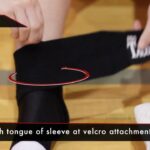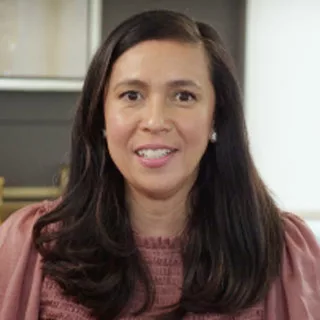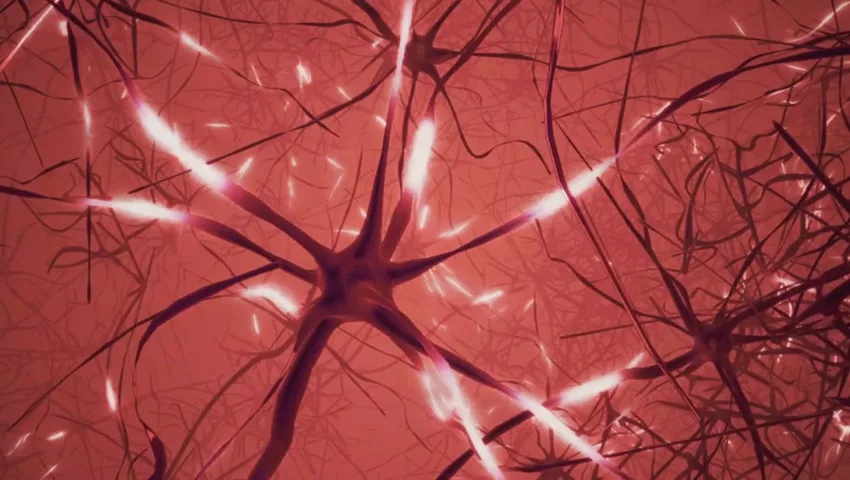
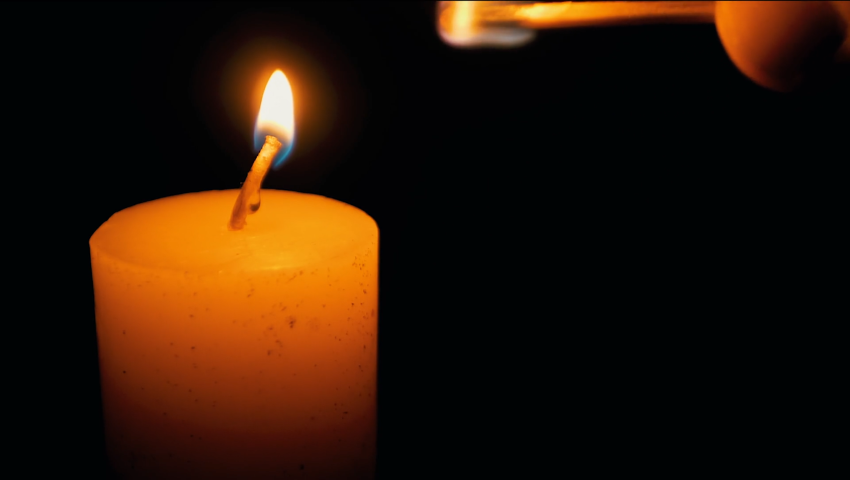 Visual and special effects can help companies tell an engaging and better story. Ultimately, special effects (SFX) are tricks of the eye or illusions used to simulate imagined events within a story or world. They are powerful storytelling tools and are used in theater, television, film, and video games.
Visual and special effects can help companies tell an engaging and better story. Ultimately, special effects (SFX) are tricks of the eye or illusions used to simulate imagined events within a story or world. They are powerful storytelling tools and are used in theater, television, film, and video games.
Then, you have visual effects (VFX). This is one method used to enhance reality by incorporating and creating visual elements into your live-actin footage. These digital effects help filmmakers do near-impossible things, whether it’s breaking physics rules or making up new worlds or creatures.
Both visual and special effects are used to add clarity and set the mood while improving excitement. Let’s learn more about the magic of them in production and video.
Advantages of Visual and Special Effects in Production
Visual and special effects are quite versatile, and they offer benefits for all types of videos, including stylized, live-action, and CGI projects.
Here are some of the ways that visual and special effects could impact your video productions:
Memorability and Entertainment
Visual and special effects are effective and efficient because they help you create emotional and visual stimulation for the viewer. Here are some statistics to consider:
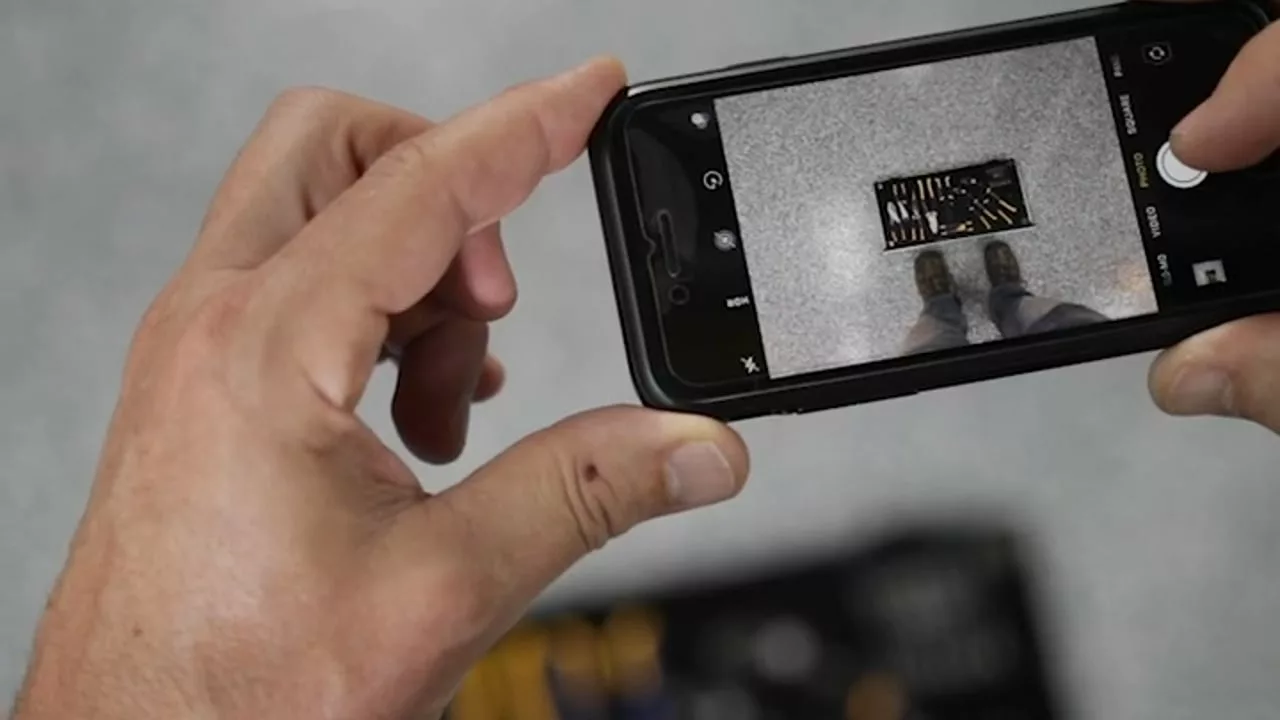 The human brain processes the images it gets 60,000 times faster than text. Plus, people can hold onto about 80 percent of the visual information they get (which drops to 20 percent for text-style data).
The human brain processes the images it gets 60,000 times faster than text. Plus, people can hold onto about 80 percent of the visual information they get (which drops to 20 percent for text-style data).- Visual information takes up roughly 90 percent of all information sent to the brain.
- Ultimately, animation and visual effects can:
- Put the audience at ease as it’s more easily digested because of childhood associations.
- Animation and visual effects could transform your unattractive topics into appealing messages.
Showcase Your Product and Generate Buzz
Animation helps you showcase and visualize products for your potential investors before they fully invest in the production. Likewise, animation lets you do things that traditional shooting techniques don’t allow.
Plus, when you use animation and visual effects, you can:
- Insert elements into the footage that can be updated or altered (think screen replacements).
- Save money on location shooting and talent.
Reinforce Your Brand Identity
You can reinforce brand recognition when you use visual effects because the characters, shapes, and colors are consistent with your company. This will solidify your messaging and tone with a wider audience.
Polish Post-production with Error Removal and Clean-Up
The effects people don’t notice are more impressive than the in-your-face options, which is the usual style for visual effects. Ultimately, invisible visual effects are subtle, such as polishing a product or fixing blemishes. However, they can be dramatic, including turning winter into spring and day into night.
Overall, invisible effects ensure that your content is mistake-free and polished.
Highlight Actions or Moments in Time
People often choose to highlight specific actions or moments in time. You rarely see the transformation of time because it moves so slowly. Therefore, unfilmable and imperceptible events seem like nothing. However, space is another issue. Changing the camera’s angle can help you slow down the events while moving around at a more normal pace. Overall, all the actors do what you want, regardless of time.
Types of 3D Graphic Design Elements for Motion Picture Footage
Most companies add visual interest to their footage by using 3D graphic elements. These include:
Matte Painting
Seeing a painted representation of a set, landscape, or distant location helps filmmakers create the illusion of a nonexistent environment. Even if it’s there in real life, they don’t have to build or visit it to put it in the film, making it less expensive.
Match Moving
Match-moving is a cinematic technique that lets you insert computer graphics into your live-action footage with the correct position, orientation, scale, and motion relative to your photographed objects within the shot.
Rotoscoping – An Animation Technique
Rotoscoping is where the motion picture footage gets traced over, frame by frame, which creates realistic movements. It was used in many of the classic Disney films, such as Alice in Wonderland and Snow White and the Seven Dwarfs. Modern examples using rotoscoping include A Scanner Darkly and Waking Life.
Keying (Compositing)
This is a compositing technique that puts two frame images together into one.
Practical Effects
Video makers use practical effects to offer a sense of atmosphere, environment, and space. Examples can include custom-built house sets, textured backdrops and lighting, and smoke.
Motion Control Photography
This technique is used in motion and still photography. It allows the precise control and repetition of camera movements. Often, it’s used to help with special effects photography.
Digital Doppelgangers
With this technique, multiple digital images of the actor are put into one frame.
Types of Visual Effects
Below, you’ll find a list of visual effects and when they’re used!
Practical Effects and Mechanical Effects
Mechanical and practical effects within video production are often called physical effects or practicals. They’re usually accomplished on set or in the live-action filming.
Ultimately, practical effects are produced using physical mechanisms, so no computer-generated imagery or post-production techniques are used.
This includes using scale models, scenery, pyrotechnics, animatronics, mechanized props, and atmospheric effects, such as creating physical wind, snow, fog, rain, and clouds.
Fade In/Out
Some effects, including fade-ins and outs, were done in-camera. Now, however, they’ve migrated to the post-production time and are done with video editing using computer software.
Special Effects
Sometimes, “special effects” are synonymously used with “practical effects.” This is different than visual effects, which are often created post-production through computer generation or photographic effects manipulation.
Stop-Motion Animation
Stop-motion animation is considered the first form of special effects and animation. Ultimately, stop-motion was used for short films. However, it captivated audiences, so filmmakers used it for feature-length films.
Live-action and stop-motion compositing featured split-screen mattes. This meant creating masks on the glass to isolate sections from exposure. Likewise, filming was done twice to capture the animation and live action on the same film strip.
Digital Compositing
In the 1980s, digital compositing started to replace traditional optical effects. In the mid-1990s, computer graphics evolved to surpass what optical printers could do, rendering optical printing obsolete.
Overall, digital compositing means assembling multiple images to create a final one for print, screen display, or motion pictures. The most common technique is to use green screens for filming. You’ll see it in Marvel movies. Ultimately, the actors film sequences in costume while standing in front of a green screen. That is then edited out, with the background added while using a computer.
CGI Elements
Computer-generated imagery is a common type of VFX. CGI uses VFX software, so it doesn’t require manipulation or real-world footage. Pixar and other studios are famous now because they produced 3D-animated films using CGI. The two most popular include Finding Nemo and Toy Story. Though animated films do use CGI software, Marvel also offers CGI elements that get composited into the videos.
Motion Capture
Motion capture is often called mocap in the business. It replicates the authenticity of different live performances in a digital form. Actors usually perform the scene on a special stage while wearing unique suits covered in small dots. An advanced camera system records the moving dots, turning them into usable data. VFX artists will generate believable characters from the information received.
Here are a few good examples of this:
- Gollum from The Lord of the Rings trilogy
- Caesar from Planet of the Apes
Software to Help You Create Visual Effects
There are countless video-editing applications available. However, if you want to create something convincing, you need VFX software that:
- Offers masking options
- Has blending capabilities
- Can read alpha files
Here are a few options to consider:
- Adobe Premiere Pro – Adobe Premiere Pro is a non-linear editing software that can combine various media types to create a full project. You can handle masking effects, speed ramping, and much more.
- DaVinci Resolve – This offers keyframing, color grading, cutting, and audio tools. Plus, editors can transcribe the audio directly in the media clips.
- Adobe After Effects – This is a popular software application because it has hundreds of effects you can use to manipulate your videos and images. However, there’s a steep learning curve here.
Why Hire Mosaic Media to Help with Visual Effects
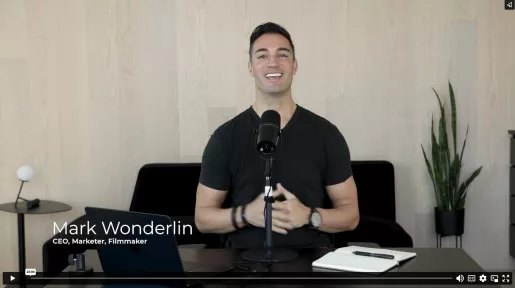 Creating visual effects involves integrating generated imagery and live-action footage to make a realistic environment that would otherwise be impractical, impossible, expensive, or dangerous to catch on film. VFX is ultimately more accessible now than ever before. Likewise, it’s possible to find pre-made templates to add CGI to any video.
Creating visual effects involves integrating generated imagery and live-action footage to make a realistic environment that would otherwise be impractical, impossible, expensive, or dangerous to catch on film. VFX is ultimately more accessible now than ever before. Likewise, it’s possible to find pre-made templates to add CGI to any video.
However, the easiest way to use visual effects in videos is to have someone else do the work. Mosaic Media is here to help you! Please contact us today to request a free consultation!
FAQs About Visual Effects
Why Is It Important to Keep Visuals Simple?
When you use simple slides that support your message, the audience will grasp the information you present more effectively. Most people use too many slides or have tons of complex or word-heavy visual aids that take away from the topic at hand.
What Are Special Effects in Videos?
Special effects are visual tricks or illusions used in television, theater, video games, and films. They simulate the virtual world’s or story’s imagined events and bring the story to life.
What Are the Uses of Visual Effects?
Visual effects are designed to create, enhance, or manipulate images for various media types, including film. Often, they:
- Use computers to create the effects
- Improve the quality of the storytelling
- Produce digital elements, such as rain or fire
- Often difficult, time-consuming, and costly to produce because they require skilled designers and are made with computers
- Can look fake if they’re not done correctly
- Offers more control for on-set conditions
- Makes fires and explosions safer for everyone
- Adds elements to the actors without restricting their acting or movements
Why Are Visual Effects Important in Videos?
Visual or digital effects are used to punch up excitement, add clarity, and set the mood for your story. If they’re well-executed, they will elevate the content and make it more engaging. Ultimately, this is what you want!
Videos are great because many people prefer to consume this type of content. Likewise, visual effects will set the tone and do so much more. Without them, the story might get boring, causing viewers to click off without performing the call to action you request at the end.
Here's how we do it
Free Strategy Session
Produce Your Video
Achieve Your Goal
So, schedule your free strategy session now. Don’t let the fear of a complicated process stop you from telling your incredible story to the world.
Recent Posts

Mark Wonderlin is the visionary founder of Mosaic Media Films. He is passionate about crafting creative business videos that captivate and convert. Mark and his team stand out by creating visually stunning videos and ensuring they align seamlessly with the client’s broader marketing objectives.

